How Deena and Tim Run a Sustainable Chicken Farm
Deena and Tim Morrison aren’t Kentucky’s two-time Family Farm Environmental Excellence award winners by happenstance. The couple is committed to running a chicken farm that reflects their passion for environmental responsibility.
Morrison Farm implements state of the art technology to ensure resources are optimized and chickens receive the best care.
“We make sure our chicken houses are equipped in a way that allows us to create the best environment for our chickens throughout their life on the farm.”
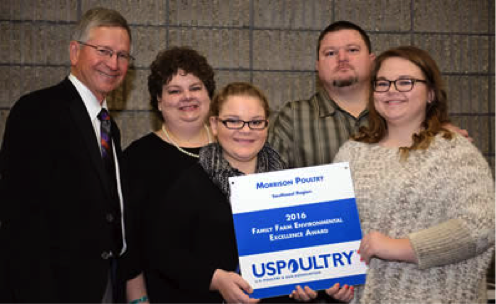
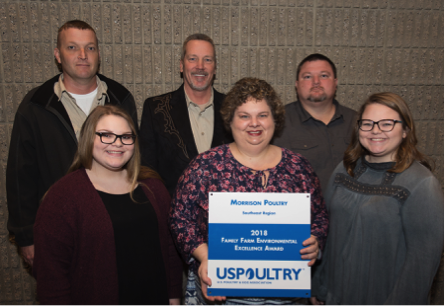
A Chicken Farm Powered by the Sun
Tim and Deena have seriously decreased their carbon footprint. They installed 50-kilowatt solar panels, which led to Morrison Farm saving 60-70 tons of coal per year. Each solar panel is programmed to rotate with the sun to guarantee no solar energy goes to waste. These panels produce around 400-500 kilowatt hours a day. After the power is generated, it is transferred to the local co-op who offers a reduced energy bill.
“Our goal in installing the solar panels was to drastically improve our footprint and significantly lower the cost of our electricity bill,” shares Deena.
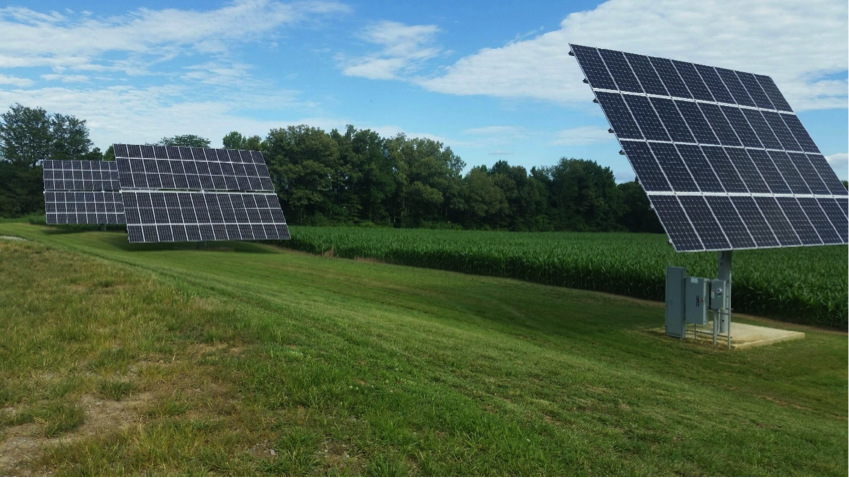
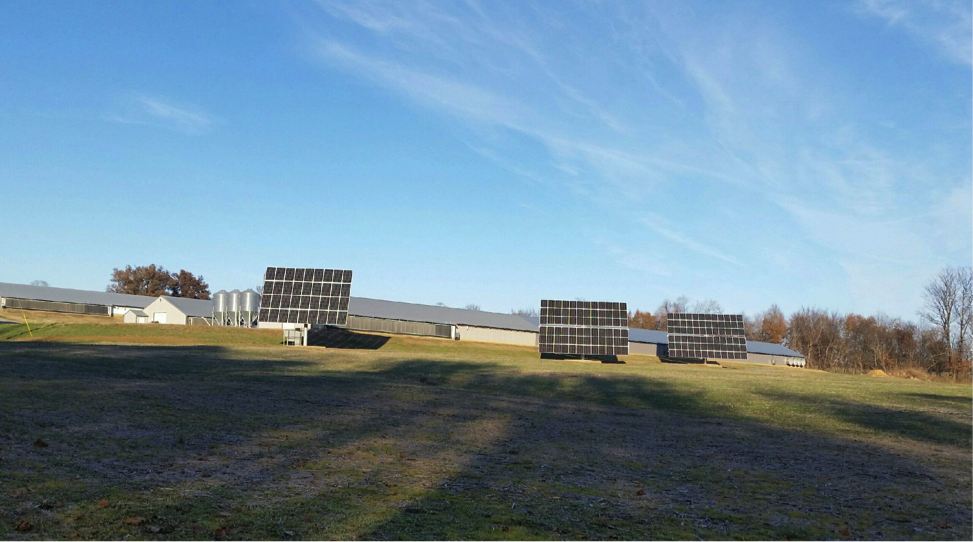
Smart “Chicken” Home
Outside of solar power, Tim and Deena minimize their energy use by regulating the lighting inside their chicken houses. Dimmable lightbulb technology aids in maintaining a healthy environment for the chickens and decreases inefficient use of lighting.
Lighting in the chicken house is monitored by a master computer that controls the chickens’ dimmable lights based on outdoor temperatures, time of day and age of the flock.
Along with lighting, the control computer also regulates airflow and temperatures to maximize chicken health over each stage of the flock’s life. While chicks grow, their environment also needs to change. The controller makes these environmental changes efficiently and effectively at the benefit of both the chicken’s health and farmer’s pocketbook.
The Scoop on Chicken Poop
Chicken litter is a valuable resource for farmers. Deena and Tim make sure that 100% of their chicken litter supply is used as all-natural slow release plant food on row crops. About half of their litter is sold to a broker who sells the fertilizer to other local crop growers. On Morrison Farm, a soil nutrient management plan is created that optimizes the spread of the rest of the fertilizer.
“We aren’t spreading our fertilizer randomly. It is tailored to where it needs to be,” says Deena.
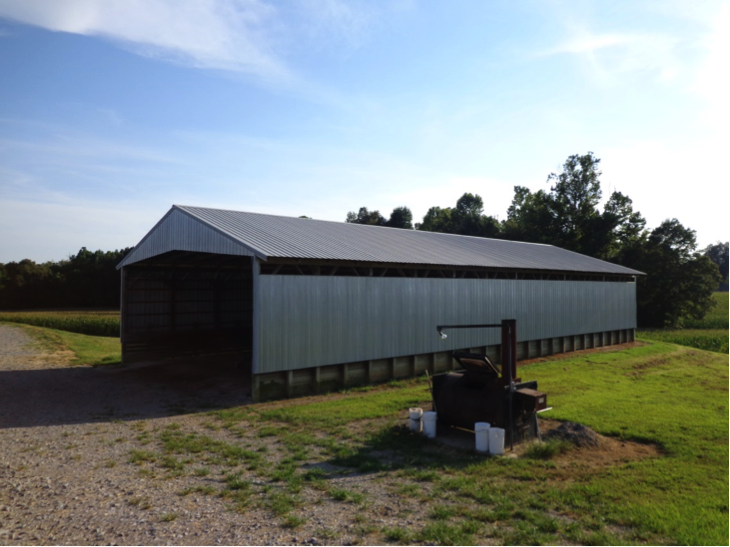
Feed Efficiency on the Farm
The goal at Morrison Farm is to produce one pound of chicken for every two pounds of food. Before the feed even reaches the farm, the chickens’ dinner is optimized with beneficial nutrients that promote growth of healthy birds.
Feed pans and water lines are maintained to keep the resources available to chickens. “Water and feed needs to be maintained. Food does no good for chickens on the floor. We want our resources in the bird, not wasted,” says Tim.
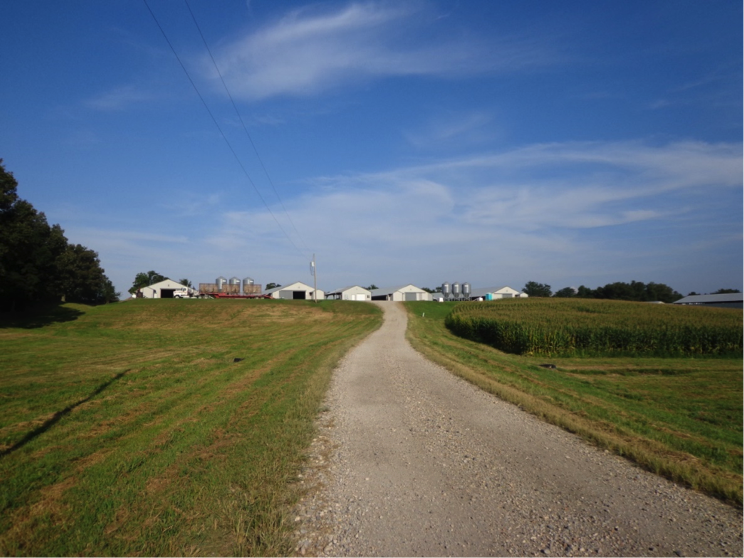
Looking for info on this topic? Well you don’t have to look very far, click here to learn about how Terri Wolf-King uses solar energy on her chicken farm.